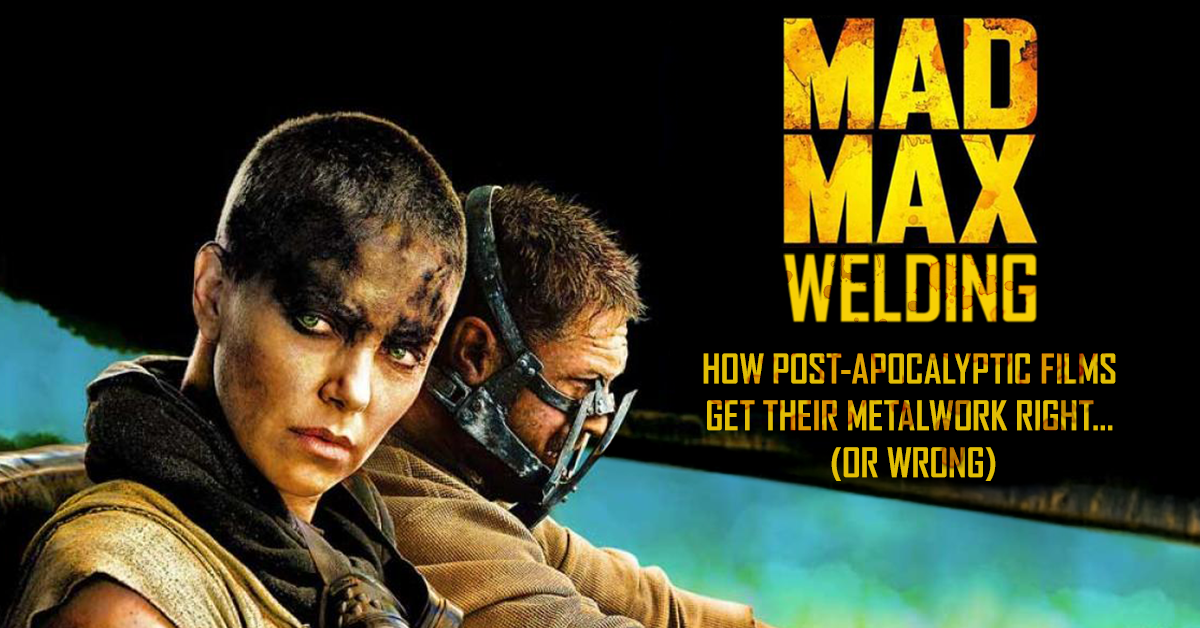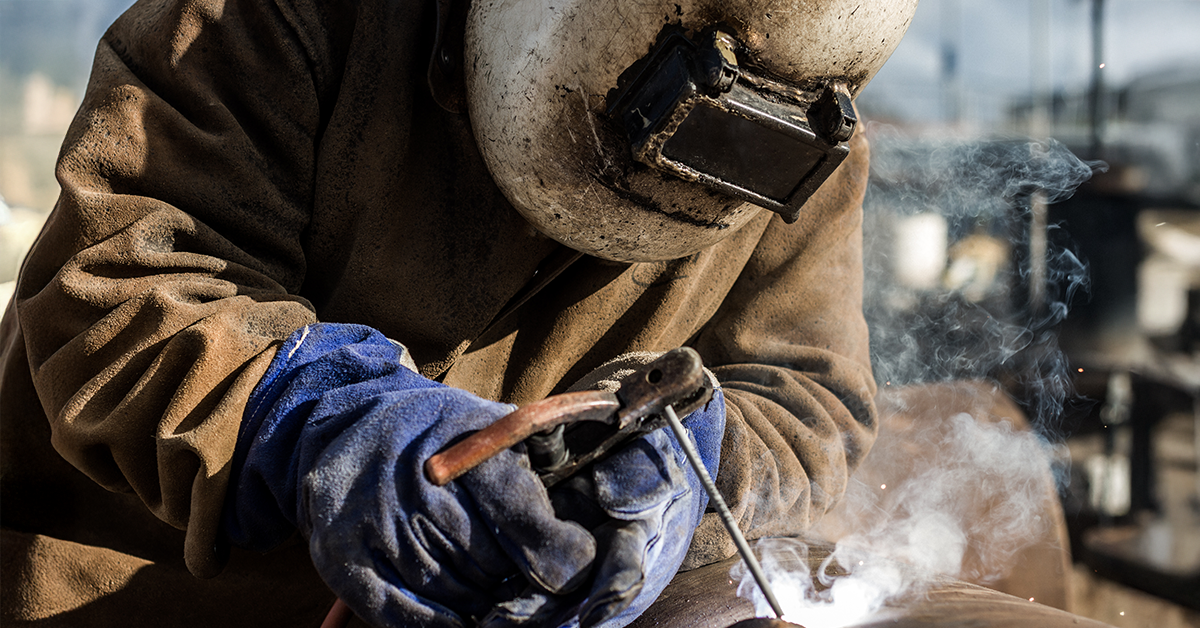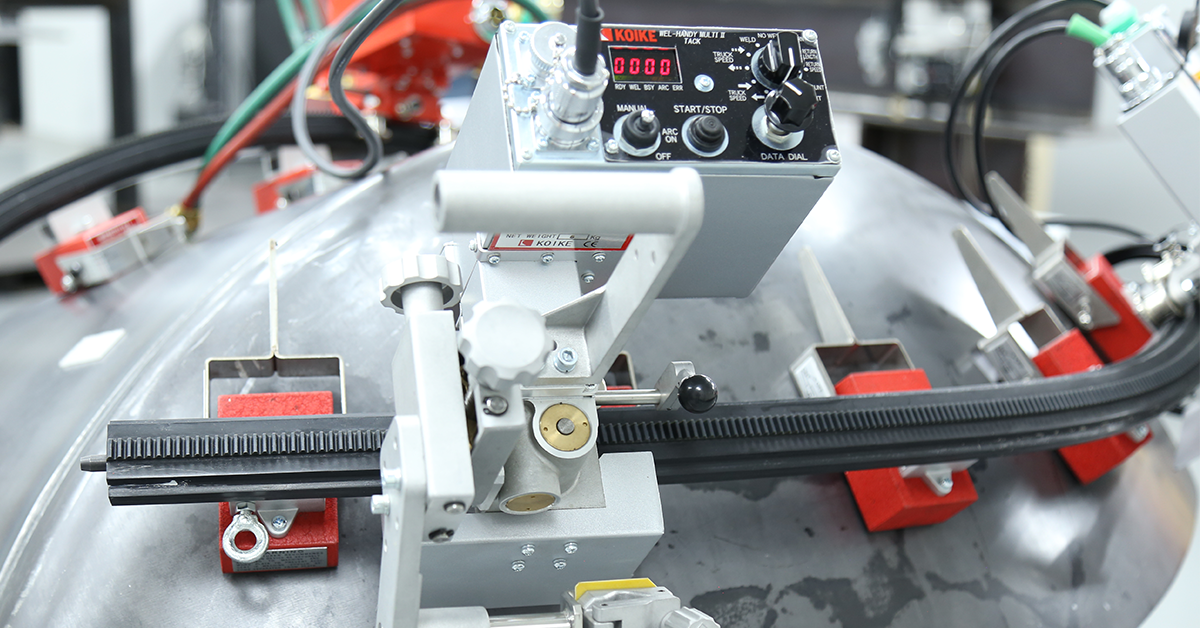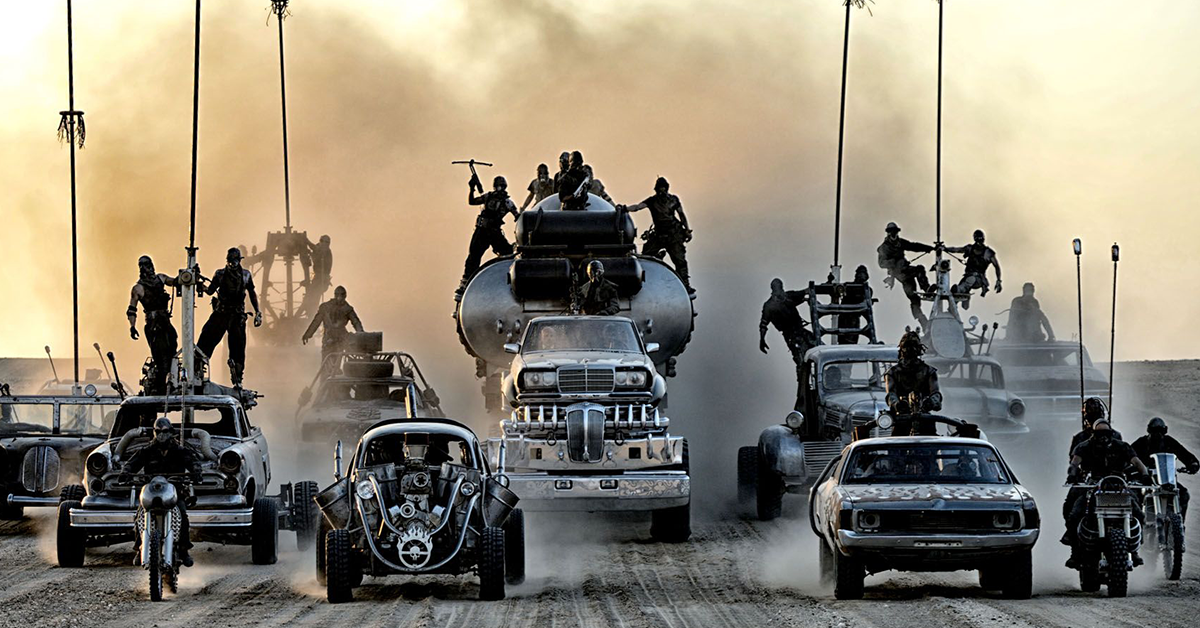Mad Max Welding: How Post-Apocalyptic Films Get Their Metalwork Right (or Wrong)
Mar 18th 2025

Welding is one of Hollywood’s go-to visual effects for making scenes look gritty, industrial, and realistic. Whether it's a hero forging their own suit of armor (Iron Man), a villain assembling a doomsday machine, a post-apocalyptic gang reinforcing war vehicles (Mad Max: Fury Road), or even a killer cyborg repairing itself (The Terminator), welding is often used as a shortcut for hard work, engineering, and mechanical skill. But how accurate is the welding metalwork we see on screen?
Welding in the Wasteland – A Deep Dive into Mad Max: Fury Road
In Mad Max: Fury Road (2015), directed by George Miller, nearly every vehicle looks like it was welded together from salvaged scrap, reinforcing the film’s gritty, lived-in aesthetic. The War Rig, the Gigahorse, and the Doof Wagon (yes, the one with the flame-throwing guitar player) stand as testaments to a DIY wasteland welding culture, where survival depends on the ability to fabricate and modify vehicles for speed, durability, and brute force.
In a world where fuel is power and survival depends on brute force, Mad Max: Fury Road delivers some of the most intense, high-speed vehicular warfare ever seen on screen. But beyond the explosions and desert chases, there’s a fascinating world of metalwork, fabrication, and welding that made these war machines possible. Unlike many CGI-heavy action films, Fury Road is renowned for its practical effects and real, functional vehicles, built from salvaged scrap and heavily modified for combat.
War Boys Working in the Citadel: Real Fabrication in Action
In early scenes, War Boys are seen working in the Citadel’s fabrication areas grinding, cutting, welding and assembling vehicle parts as they prepare to chase Furiosa. This visual detail reinforces the film’s realistic depiction of welding metalwork, adding a hands-on, industrial feel to the world of Mad Max. The Citadel’s makeshift workshops, relied on scavenged metal and heavy modifications to build the rugged, battle-ready machines seen in the film, likely cut using oxy-acetylene hand cutting torches.
Realistically, Shielded Metal Arc Welding, (SMAW) would have been the go-to welding method for War Boys and mechanics working on vehicles in makeshift workshops or in the field.

Why is this?:
- Minimal Equipment Required
SMAW only needs a basic power source and electrodes—eliminating the need for gas cylinders, wire feeders, or complex setups.
- Resistant to Harsh Desert Conditions
Unlike MIG or TIG welding, which require shielding gas, stick welding uses flux-coated electrodes that create their own shielding gas when heated. This prevents contamination from sandstorms and wind, which would otherwise weaken welds.
- Versatile in All Positions
AWS E6011 electrodes would have been ideal, as they allow welding in flat, horizontal, vertical, and overhead positions—critical for reinforcing vehicles in makeshift workshops.
- Works Without an External Power Grid
A portable engine-driven welder would allow field repairs in remote areas, ensuring War Boys could fix or reinforce their rigs on the move.
How a Portable Track Welder Could Have Transformed the Wasteland’s Metalwork
The wasteland mechanics of Mad Max: Fury Road could have drastically improved efficiency and weld quality with a Koike IK-72W Multi-II Portable Track Welder. In a world where survival depends on fast, durable vehicle modifications, a portable track welder could have been a game-changer. If the War Boys had access to a dedicated fabrication shop, this tool would have revolutionized their welding metalwork builds—especially using MIG welding (GMAW). With this tool, welding metalwork for vehicle armor, chassis reinforcements, and fuel tanks could have been completed faster and more efficiently.

Why is this?:
- Automated Precision Welding
Unlike stick welding or manual MIG welding, a portable track welder provides consistent welds over long seams with minimal operator fatigue.
- Speeding Up Production
Instead of hand-welding each seam, the track welder could automate long welds on vehicle armor, fuel tanks, and chassis frames, drastically reducing build time.
- Higher Output for War Machines
With a track welder, the Citadel’s war machine production could have scaled up, allowing faster assembly of pursuit vehicles, war rigs, and tanker-trucks.
- Stronger Welds for Combat & High-Speed Pursuit
With consistent travel speed and precise heat control, a track welder minimizes weld defects like undercutting or porosity, ensuring vehicles can survive brutal chases and combat.
- Leak-Proof Fuel & Water Storage Tanks
Hand-welding can lead to inconsistent penetration and leaks, while a track welder ensures airtight seams, preventing fuel loss, contamination, or explosion risks.
- Reinforced Vehicle Armor
The War Boys’ battle-ready vehicles could have stronger, more impact-resistant armor, thanks to uniform structural welds on chassis reinforcements, roll cages, and spiked plating.
The Reality vs. Hollywood Welding
|
Real Welding |
Hollywood Welding |
|
Requires proper shielding gas, technique, and preparation. |
Sparks everywhere, no shielding gas, no cleaning needed. |
|
Takes time and precision to get a strong weld. |
One quick pass, and the weld is magically strong. |
|
Needs full PPE (helmet, gloves, fire-resistant gear). |
Characters welding in tank tops with sunglasses. |
|
Uses specific methods for different metals (MIG, TIG, Stick). |
Just pointing a torch at metal with no technique. |
|
Weld quality must be inspected and tested. |
No testing—just assume it's perfect. |
Conclusion: Efficiency in the Apocalypse
Instead of manually welding metal with inconsistent results, the Mad Max mechanics could have drastically improved welding metalwork fabrication speed and precision with a Koike portable track welder.
With a tool like a portable track welder, the War Rig and other vehicles could have been built faster, stronger, and with less wasted material—making them even more formidable in high-speed desert battles.

This article is an independent work of commentary and analysis based on the film Mad Max: Fury Road (2015) and its related source material. All copyrights, trademarks, and other intellectual property rights in the original content belong exclusively to their respective owners, including but not limited to Warner Bros., George Miller, and other affiliated entities. The use of any copyrighted material herein is for purposes of critique, review, and scholarly discussion only and is intended to fall within the boundaries of fair use. Koike Aronson, Inc. does not claim of ownership or endorsement of the original source material.
